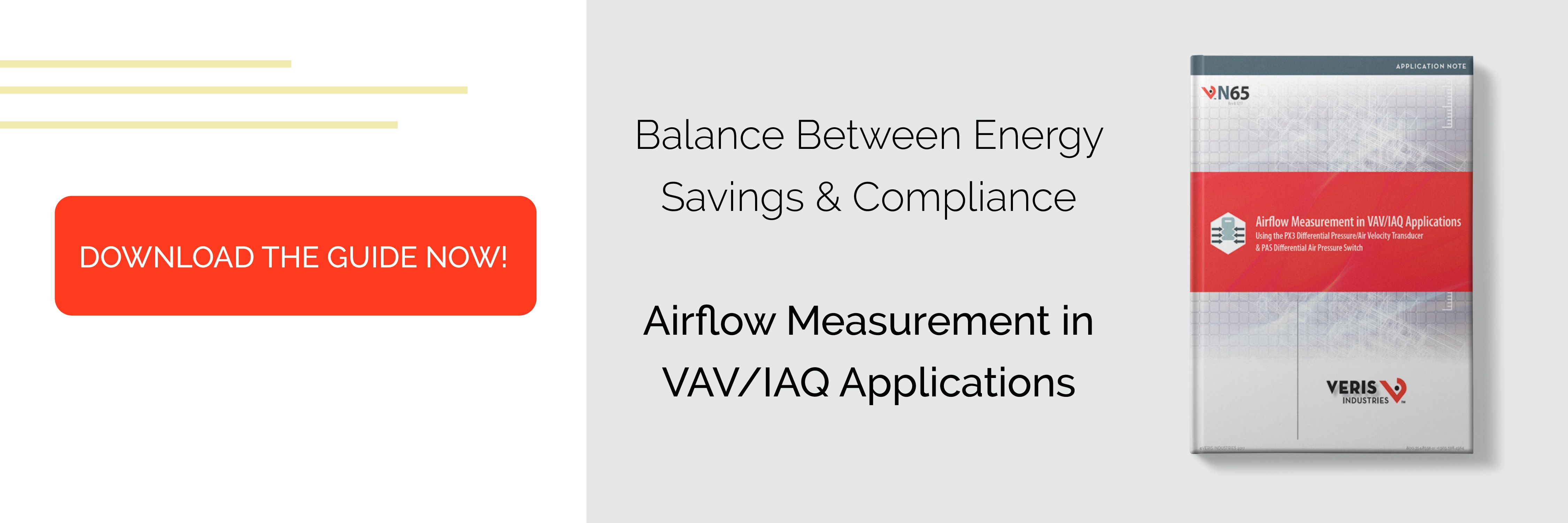Water Chiller: What Is It and How Does It Work?

What is a Water Chiller?
A water chiller is a type of refrigeration system that uses water as a secondary refrigerant to control the cooling of products. It is important to note that a chiller does NOT create cold. A chiller removes heat.
In large, multi-story buildings it simply isn’t practical to pump coolants around the building to multiple air handlers. Long runs of refrigerant pipes would increase the probability of leaks. Coolant leaks would create a potentially hazardous environment for employees; pollute the environment, and waste money. Instead, a chiller provides a centralized location for the coolant to be put to work to remove heat from water.
How Chillers Work
Chillers circulate chilled water to air-handlers in order to remove heat from the air by transferring the heat to water, i.e. condition the air.
A chiller has two separate systems (or sides):
- The chilled water / air handler side where coolant removes heat from water.
- The condenser / cooling tower side where water removes heat from the coolant.
Warm water from the air handler returns to the chiller where heat is passed from the water to a liquid refrigerant. The heat from the air handler water turns the liquid coolant into a gas. The spent refrigerant enters the compressor where it is turned into a hot vapor. Upon leaving the compressor, the refrigerant vapor enters the condenser side of the chiller where heat is transferred from the hot vapor refrigerant to water that is on its way to the cooling tow
er. This heat removal condenses the refrigerant back into a liquid. The now liquid coolant is reused to chill more water for the air handler.
The coolant remains contained in the chiller. It is the heat exchange between the coolant and water that both cools the water to condition the air in the handler and removes heat from the refrigerant for reuse.
There are a wide variety of types of chillers that utilize varying pressures, different numbers of tanks and chambers, etc., however the fundamental application is the same as the closed-looped cooling system in your home. Coolant expands to a gas as it removes heat from the water. The now chilled water is pumped to air handlers. The heated gaseous refrigerant is condensed into a liquid for reuse.
In the United States, chiller capacity is measured in terms of tons or ‘tons of refrigeration.’ One ton of refrigeration is roughly equal to the cooling power of one ton (2,000 pounds or 907 kilograms) of ice melting in a twenty-four hour period. Chillers can also be measured in British Thermal Units per hour (BTU/h) and Watts (W). For perspective, an average residential air conditioning unit can be 1 to 5 tons (3 to 20 kW) in capacity. However, a commercial chiller can be from 15 to 150 tons (53 to 5,275 kW) in cooling capacity.
A facility manager and / or building owner may decide to monitor temperature, pressure, liquid
flow rate, and electrical power to help maintain an efficient chiller.
Chiller Diagram

How Water Cooled Chillers Work with Veris Products
| Product Family | Why it is used on a Chiller |
| Power Meters | Monitors the power used by the chiller. May assist with load shedding agreements. Excessive power usage may indicate a mechanical problem in the chiller pump motor(s). |
| Pressure |
Wet DP used to monitor the differential pressure between chilled water supply and return, as well as condenser water supply and return. Controls bypass valve to regulate flow based on demand. Provides a secondary proof of flow by monitoring the differential between supply and return air. Gauge pressure is used to monitor pressure in the condenser and evaporator units to determine the ultimate pressure on the line. Using a gauge pressure product on both the supply and return will provide the data needed for the BMS to calculate the differential pressure. High or low pressure readings may be an indicator of a mechanical failure in the system like a leak, pump failure, locked rotor, a clog, etc. |
| Current Sensors | Monitors run status on all pump motors. Can be used to detect on / off status, locked rotor, and overall pump status for proof of function / water flow. Proof of functionality. No need to manually check each pump. (If current is flowing, the pump is working.) |
| Temperature | Used to monitor temp for chilled water loop and condenser water loop, helps to control the valve that determines water recirculation speed. Helps to determine pump speed, how much water needs to be returned, and is a main control point for the system. |
| Flow Meters |
Flow Meter monitors water flow in the supply and return lines of the chilled water loop and condenser water loop. Provides both proof of flow and measures usage. BTU Meter is a flow meter combined with temperature sensors and can be used for energy measurements. The output is BTUs not a flow rate - its output is a measurement of the energy consumed by the chiller. It is also used to check the efficiency of the chiller. Clogs, excessive ice, malfunctioning pump, humidity changes, compressor cycling issues, can all be the causes of chiller inefficiency. |
Veris Industries has a complete line of sensor and flow metering products for cooling tower applications. Visit our website or call our sales team at 1-800-354-8556 or +1 503.598.4564 for more product details.





